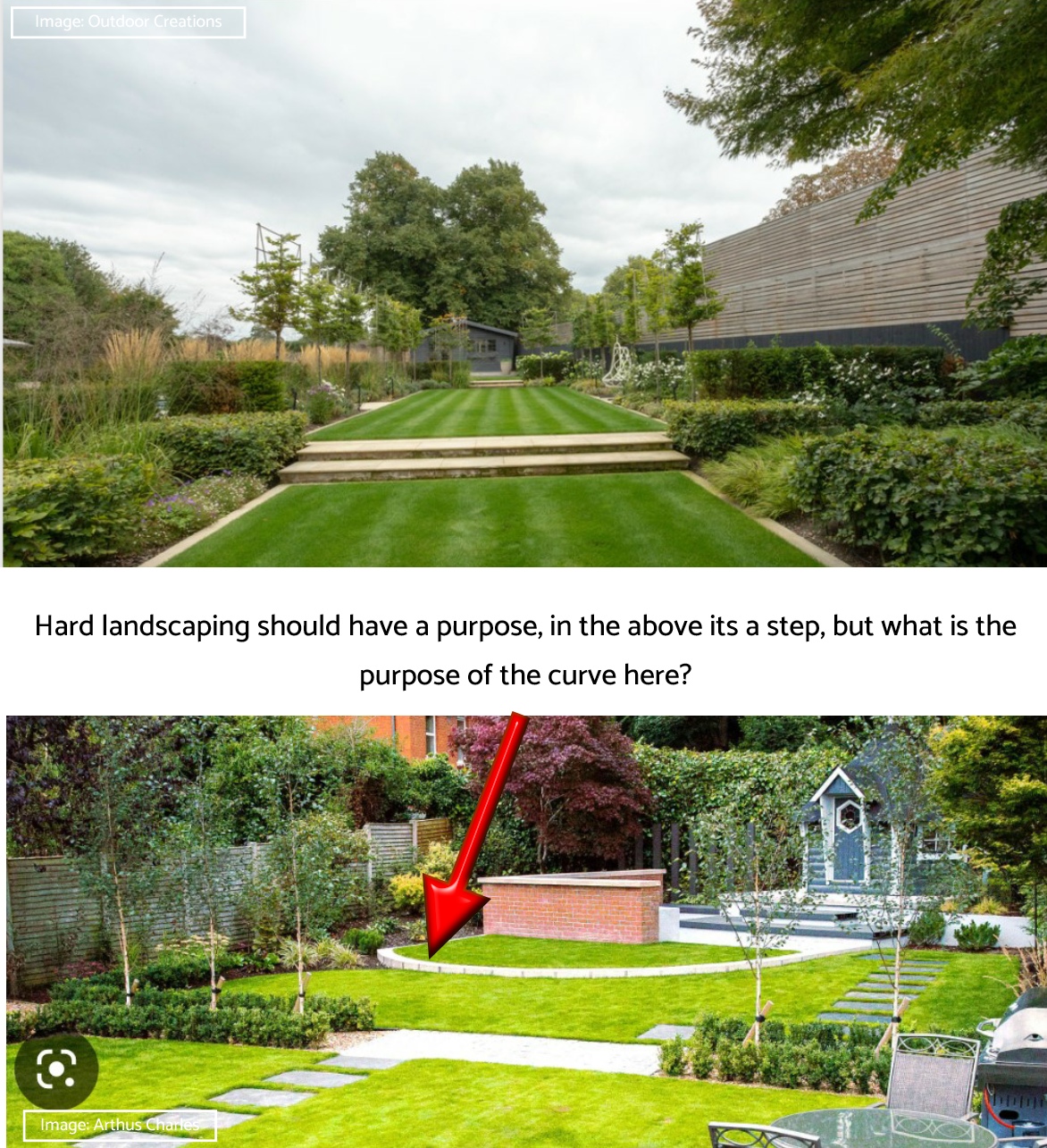Not known Details About Hilton Head Landscapes
Not known Details About Hilton Head Landscapes
Blog Article
Indicators on Hilton Head Landscapes You Should Know
Table of ContentsThe Hilton Head Landscapes DiariesNot known Incorrect Statements About Hilton Head Landscapes The 20-Second Trick For Hilton Head LandscapesMore About Hilton Head Landscapes6 Simple Techniques For Hilton Head LandscapesGetting My Hilton Head Landscapes To WorkLittle Known Questions About Hilton Head Landscapes.
Line produces all types and patterns and can be made use of in a range of methods the landscape. Line in the landscape is produced by the edge between 2 products, the outline or silhouette of a kind, or a long linear function. Lines are a powerful tool for the designer because they can be utilized to develop a boundless range of shapes and forms, and they manage activity of the eye and the body.

Lines can have one or even more attributes, such as those defined below, yet they typically serve different functions. Figure 1. Lines in the landscape - bluffton landscaping. The properties of lines figure out how individuals reply to the landscape, both mentally and physically. Straight lines are structural and forceful; they develop a formal personality, are typically related to an in proportion style, and lead the eye directly to a centerpiece.
Hilton Head Landscapes Fundamentals Explained
Straight lines are usually located in hardscape sides and product. Curved lines produce an informal, all-natural, kicked back personality that is associated a lot more with nature and asymmetrical balance. Curved lines relocate the eye at a slower speed and add mystery to the room by producing covert views. Vertical lines relocate the eye up, making an area feel larger.
Upright lines in the landscape consist of tall, narrow plant product, such as trees, or tall structures, such as an arbor or a bird residence on a pole. Horizontal lines relocate the eye along the ground plane and can make a space feel bigger. Low lines are more controlled and produce a sensation of rest or repose.
The 6-Minute Rule for Hilton Head Landscapes
Reduced lines are created by reduced yard wall surfaces, sidewalks, and short bushes. Lines are used to attract forms on a plan. In strategy view, they define plant beds and hardscape locations. Lines are additionally created by the upright kinds of constructed attributes and plant material. There are 3 key line kinds that develop type in the landscape: bedlines, hardscape lines, and plant lines.
Bedlines link plant material to your house and hardscape due to the fact that the eye adheres to the line, moving the gaze through the landscape. Hardscape lines are produced by the side of the hardscape, which defines the constructed structure. Line can additionally be developed by lengthy and narrow materials, such as a fencing or wall surface.
See This Report on Hilton Head Landscapes
Kind is found in both hardscape and plants, and it is normally the dominant aesthetic aspect that spatially organizes the landscape and typically determines the design of the yard. The kind of frameworks, plant beds, and yard accessories likewise establishes the total type style of the yard. Formal, geometric kinds include circles, squares, and polygons.
Plants develop form in the yard via their lays out or silhouettes, yet form can likewise be specified by a void or unfavorable room between plants - Landscapers near me (https://old.bitchute.com/channel/Zj8gnEYIqDqK/). Circles can be full circles, or they can be divided right into fifty percent circles or circle segments and combined with lines to develop arcs and tangents
Hilton Head Landscapes Things To Know Before You Buy
Circles can additionally be stretched right into ovals and ellipses for more variety and you can try this out rate of interest. Circles are a strong layout type since the eye is constantly drawn to the facility, which can be utilized to emphasize a centerpiece or connect other kinds. Figure 2. Circular types in hardscape and grass panels.
The square form can also be fractional and secondhand consistently to develop a grid pattern. Unlike circles, squares are more powerful on the edges, which can be lined up or overlapped to develop special patterns and more complicated kinds.
Meandering lines often mimic the natural course of rivers or streams and can be referred to as smooth lines with deeply rounded wavinesses. Twisting lines (Number 3) work well for pathways, plant bedlines, and completely dry stream beds. Twisting lines can include interest and secret to a garden by leading audiences around edges to discover new sights and areas.
Rumored Buzz on Hilton Head Landscapes

Number 5. Fragmented edges: tipping rocks in pathway. Type is the most long-lasting high quality of a plant (bluffton landscaping). https://triberr.com/h1tnhdlndscps. Typical plant kinds are well established and standard, as kind is the most constant and well-known quality of plants. Kind can likewise be developed through the massing of plants, where the overall mass produces a different kind than a private plant.
An extremely different kind needs to be used with careone or more job well as a prime focus, however way too many produce turmoil. All-natural plant forms, instead than over-trimmed forms, need to develop the bulk of the composition. The relevance of overall type is basically dependent on the seeing perspectivethe kind of a tree can show up fairly different to an individual standing under the canopy versus watching the tree from a distance in an open area.
Rumored Buzz on Hilton Head Landscapes
Plant types also develop and specify deep space or open rooms in between the plants, developing either convex or concave kinds in deep spaces. High-arching tree branches usually create a concave open area under the branches, and a rounded canopy with reduced branches fills the space to create a convex kind outdoors area under the tree.

Report this page